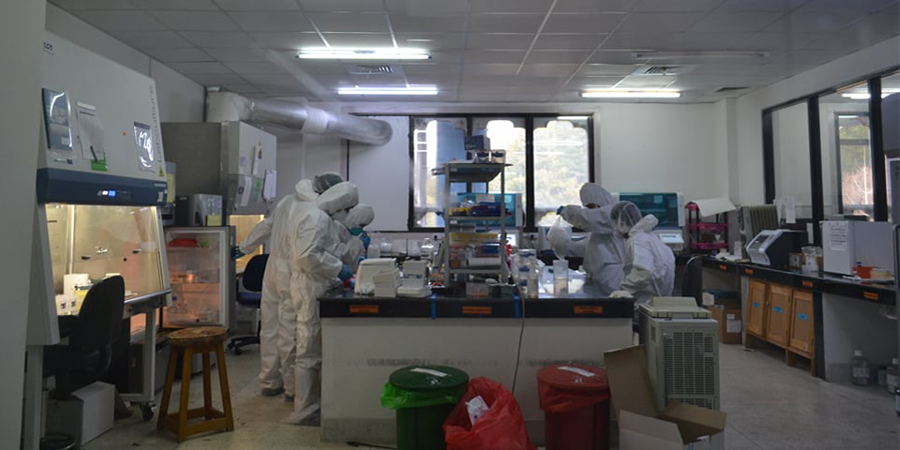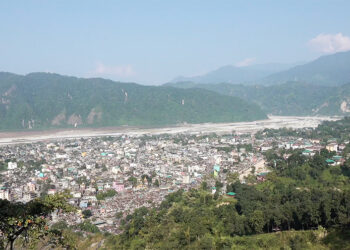
Everyone tries to stay away from the coronavirus. But not all can do that. Since testing is important, somebody has to do that. But many do not know how the process works. BBS takes you to the Royal Centre for Disease Control in Thimphu. It is the biggest testing centre. Swab Samples from nine districts reach the centre every day.
There are six testing centres in the country. It is about six in the evening. And some hundreds of samples arrive at the centre.
The laboratory officials first make sure they are safe before receiving the samples. The boxes are sanitised. It is then taken to the pooling and sorting room.
“This lab is functioning 24/7. We often get urgent samples. Again we are doing routine sampling, in between, we get a lot of urgent samples. And that urgent sample, we try to verify whether they are urgent. We do some kind of shift systems. Most of the testing is done in the evening because this is the time when we sample from different areas,” said Binay Thapa, Medical Microbiologist at RCDC.
The swab samples from the test tubes are all carefully handled inside the biosafety cabinet. Here they pool the samples, meaning samples are put together in one test tube. They usually put five samples together. This is being done to test more samples in a short time.
In a separate lab, the extraction procedure begins which is both manual and automated. They extract the genetic material of the virus. They also prepare PCR reagents in a separate room, simultaneously. Then the reagent is added to the genetic material and tested in a machine in a separate room.
“Till the extraction process, you are at risk. After extractions, once you extract nucleic acid, then you are safe. The only thing is when we do the PCR, only the contamination is a problem. So we need to take care of contaminations because contamination could happen at any process. Maybe at the level of sample collections, again sample pooling here, again at the level of sample extraction,” said Binay Thapa.
If the sample in a test tube tests positive, then all five samples are tested. If negative, all five samples are declared negative. It takes more than an hour to get the result.
“After we get results from machine, then again we correlate. Correlate in a sense we crosscheck again with the data that we receive from those collection sites and we again try even after the results come up. As much as possible we try to do crosschecking to ensure that the result is given to the right person,” added Binay Thapa.
Testing for COVID-19 is important. And these people know better than anyone else. They are making Bhutan a bit safer for them and everyone else at risk.
Samten Dolkar









